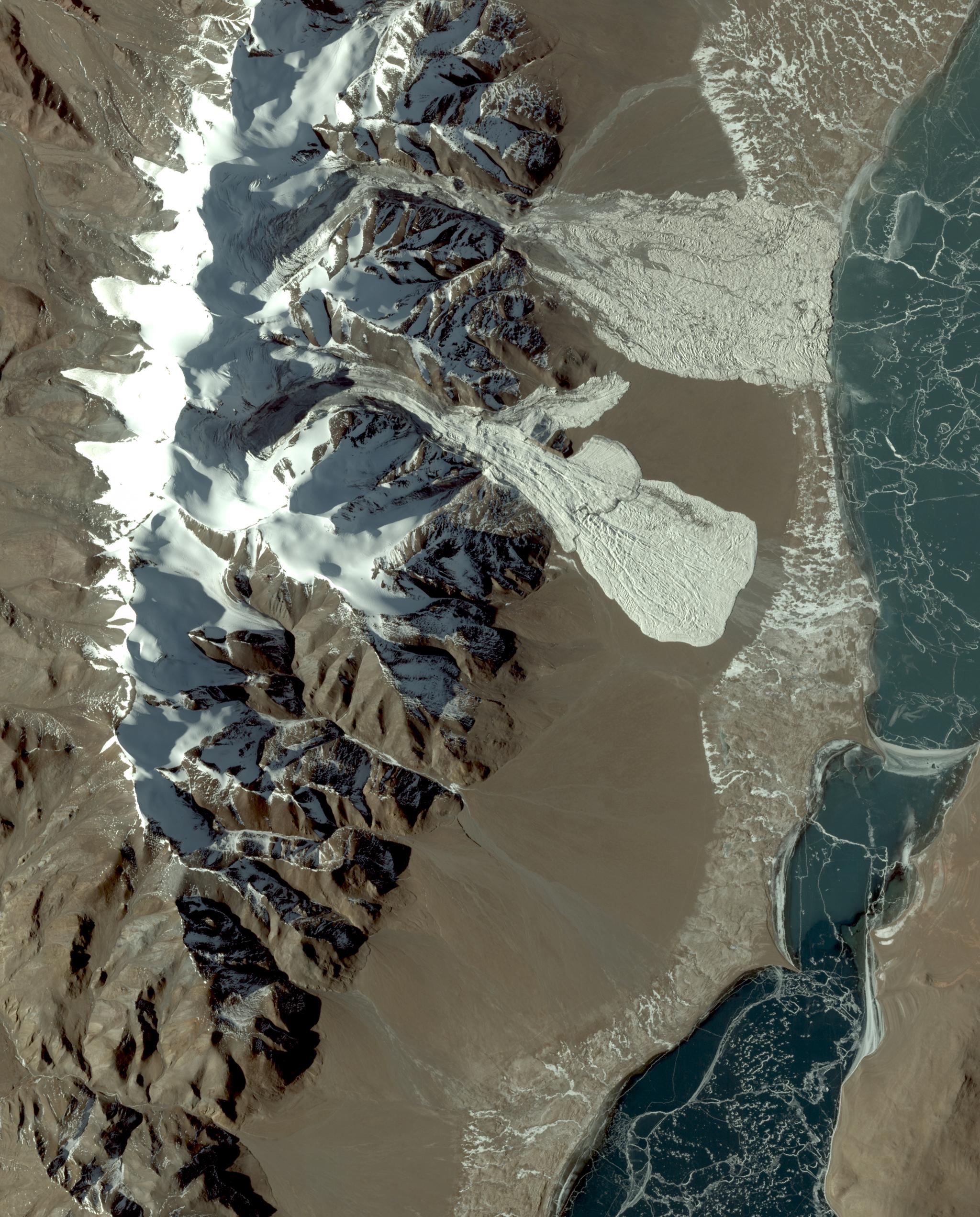Bigger, Faster Avalanches, Triggered by Climate Change
In 2016, two glaciers in Tibet sheered down to their bed, erupting into avalanches. The first disaster killed nine people. A major study, published in Nature Geosciences, examined Planet imagery in the months leading up to the avalanches, and their aftermath. The work was subsequently featured in the The New York Times: "'...it produced speeds of up to 300 kilometers per hour,' or 186 m.p.h., said Andreas Kääb, a professor of geosciences at the University of Oslo in Norway and lead author of the study. "On top of the speed, each of the collapses moved enough snow and ice to fill one million freight train cars stretching 7,500 miles, Dr. Kääb said. That’s roughly the distance between New York City and Shanghai." In 2016 alone, Planet captured ~180 images of the region. One of the images was captured just two days before the first glacier's collapse, and contained evidence of hydrodynamic instability in the glacier. [caption id="attachment_131615" align="alignleft" width="3240"]


Ready to Get Started
Connect with a member of our Sales team. We'll help you find the right products and pricing for your needs


